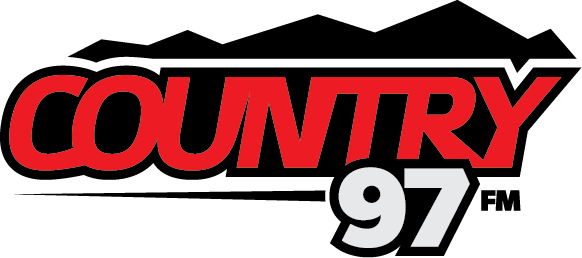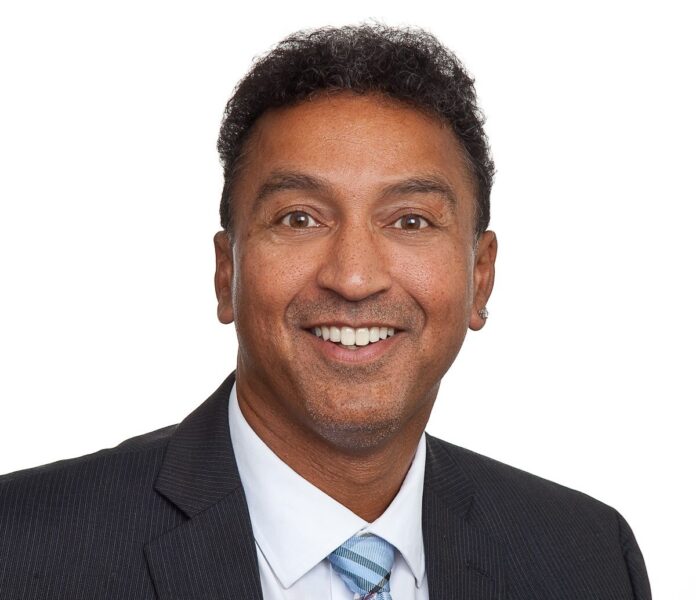The Superintendent of School District 57 and the President of the Ambulance Paramedics of BC believe mandatory CPR training for high school students across the province including the north would be beneficial if legislated.
This comes after a strong public push following the tragic death of an 18-year-old University of Victoria student in January.
Sidney McIntyre-Starko passed away from fentanyl poisoning after she and her friend collapsed in a dorm room.
Sidney’s mother Caroline, who has been an emergency physician for 25 years published in an open letter to the province, calling her daughter’s death preventable.
She noted security officers on-campus didn’t administer naloxone until nine minutes after they arrived and then started CPR 12 minutes after.
Jason Jackson, who is the Ambulance Paramedics of BC president, who is based out of Quesnel told MyPGNow.com the skill of CPR as a life experience and an education is kind of the first opportunity to exposure into the medical field.
“It may pique an interest to become a first-aid attendant or a paramedic or go into nursing and even another medical field.”
“We certainly know that every minute without CPR decreases your chances of survival – if someone can initiate CPR for that patient the better their outcome is,”
Aziz is on the other hand, is not unfamiliar with the ask being put forth by McIntyre as prior to his arrival in Prince George.
“I know as a former Physical Education teacher myself we would teach first-aid and CPR in a variety of the schools that I worked in – that wasn’t because it was provincially-mandated – it was because we locally or at the district level decided this was important training for students to have.”
“In addition, as a former elementary school principal, I started to note that on Monday mornings we would find drug paraphernalia and sometimes individuals who were consuming on our property probably because they deemed it a safe place to partake in. We did have naloxone kits within our schools and have staff trained and as we move into more health and safety types of items, we have defibrillators in our building and doing everything possible to make sure our students and staff can be good helpful citizens in community.”
Aziz stated if CPR training and naloxone kits do come to SD 57 facilities, some logistics would need to be hammered out.
“I think any kind of life-skill training we can provide to students is a really important piece. Of course, it is a matter of what curriculum does it fit into; how do we make sure our staff are trained and make sure that the financial resources are in place to support the students across SD 57.”
“I can see why this is a very topical conversation and one that will hopefully receive some good traction.”
In addition, McIntyre made several recommendations in her open letter including a coroner’s inquest into Sidney’s death – a move that was quickly greenlit by Premier David Eby.
McIntyre strongly suggested CPR and Naloxone training become mandatory within BC’s high-school curriculum, while easy-to-use nasal naloxone needs to be widely accessible and free of charge.
Nasal naloxone kits would also be widely and easily attainable in schools and campuses across BC if McIntyre had her wish.
High school CPR is mandatory in Quebec, Ontario, Alberta and Manitoba – however, in BC, it is not.
Furthermore, the issue also shines a light on the crippling illicit drug crisis that is still running rampant in Northern Health.
Prince George has recorded the fifth-highest amount of overdose and poisoning events among municipalities in BC according to BC Emergency Health Services.
So far this year, paramedics have responded to 750 such calls – Vancouver has recorded the most incidents followed by Surrey, Victoria and, Kelowna.
The busiest month for overdose calls in the northern capital in 2024 was February with 195 followed by January, which yielded 186.
According to data from the BC Coroners Service, 61 people have died from a drug overdose in Northern Health – 36 of those deaths have been tallied in PG.
Northern Health has the highest unregulated drug death rate among all the health authorities at 77.6 per 100,000 people – with Island Health the next closest at 54.3.
In terms of Health Service Delivery Area, the Northern Interior, which includes PG-Quesnel-Burns Lake and the Robson Valley has the highest drug toxicity death rate of 111.7 per 100,000 residents– the next closest is North Vancouver Island with a rating of 78.8.
Something going on in the Prince George area you think people should know about?
Send us a news tip by emailing [email protected].






